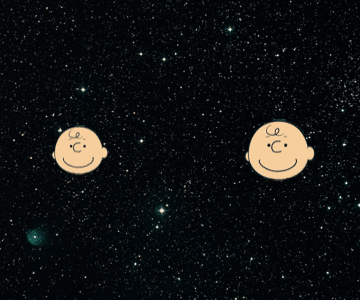New ways of seeing can disclose new things: the radio telescope revealed quasars and pulsars, and the scanning electron microscope showed the whiskers of a dust mite. But turn the question around: Do new things make for new ways of seeing? — William Least Heat Moon, Blue Highways
It’s not every day that an entirely new branch of astronomy begins. Most astronomy uses light, though a lot of it is types of light we can’t see with our eyes: infrared, X-ray, radio, and so forth. Some astronomy uses particles: electrons from the Sun, protons from deep space, the fast-moving low-mass particles known as neutrinos. But last winter the announcement that LIGO had detected gravitational waves from colliding black holes ushered in a new type of astronomy, involving waves in the structure of space-time.
That’s a lot of information packed into one paragraph, but here’s a deal for you: I’m teaching an online class on gravitational waves and LIGO, designed for general audiences. The class assumes no prior knowledge of gravitational waves, so if you still don’t know what they are and why they’re a big deal, you won’t be left behind. And our guide into the world of gravitational waves is that lovable blockhead, Charlie Brown.

How to detect gravitational waves using Charlie Brown’s head (not an authorized usage). And yes, I’ll explain this diagram in the class. (Credit: moi/Charles M. Schulz)
Well, it’s me. But Charlie Brown will help us. The class meets four times on Tuesdays and Thursdays, 9–10 PM US Eastern time (6-7 PM US Pacific time), on the following dates:
Tuesday, November 29
Thursday, December 1
Tuesday, December 6
Thursday, December 8
The class is offered through CosmoAcademy, the online education branch of CosmoQuest. Go here for more information on the class and the program. Sign up at this link, and I hope to see you in November! If you have any questions, check the Frequently-Asked Questions page, and if your answer isn’t there, please ask.

Collision between two blockheads, sized to correspond to the black holes detected by LIGO. (Credit: Bob McNees)




 Join the Crew!
Join the Crew!
 Escape Velocity Space News
Escape Velocity Space News
0 Comments